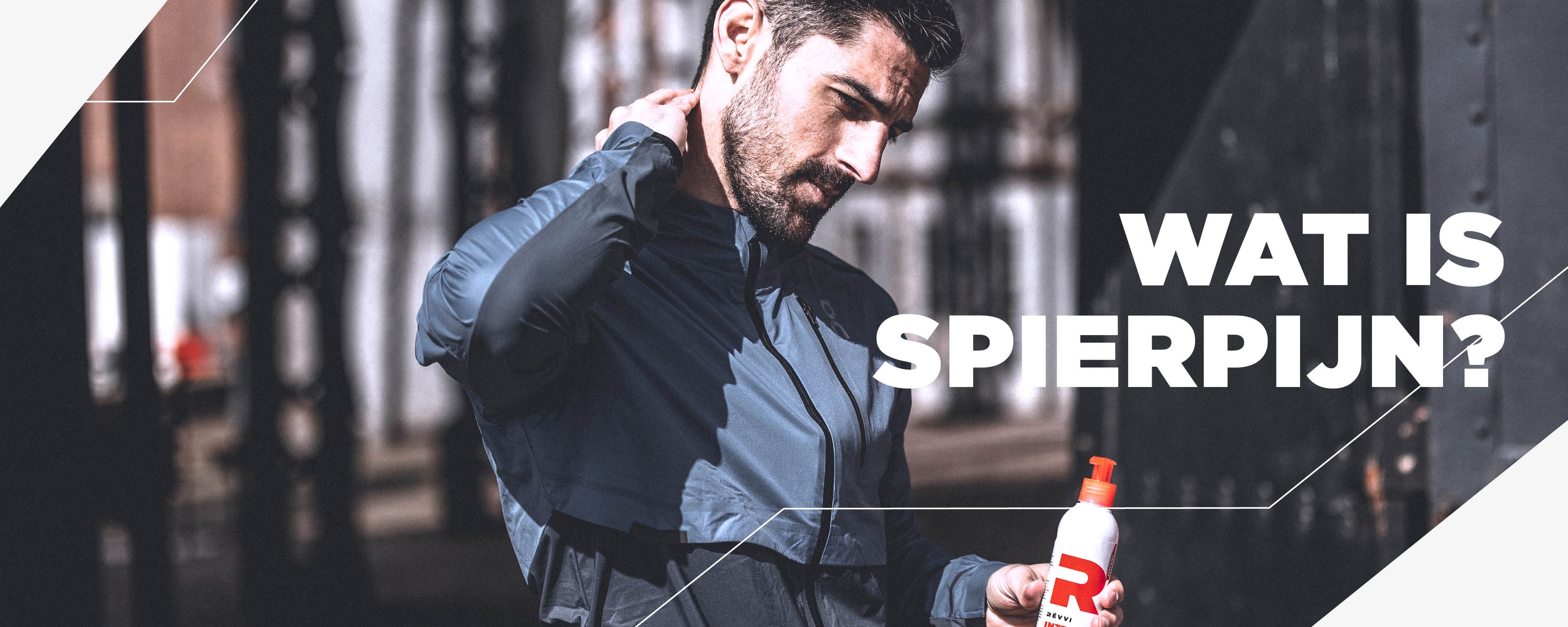What is muscle pain?

But is that really healthy? And does it have any long-term damage? We have listed the facts for you!
How does muscle pain arise?
The development of muscle pain is always the question that arises the day after exercise. Especially for people who do not exercise often. How does muscle pain actually arise? Muscle pain is a build-up of waste products in the muscles, especially lactic acid. This causes pain, stiffness and can also cause cramping.Muscle pain can have various causes.
The most common cause is straining muscles that are normally strained less or not at all. This causes more waste products to collect in the muscles, causing you to feel pain, these are mainly lactic acids. In addition, small tears also occur in your muscle. You can also experience muscle pain when you are ill, such as with the flu. Here too, the cause is that the waste products collect in the muscles and you experience this. With both causes, the muscle pain disappears on its own within a few days.You can also get muscle pain due to a bruise or tear in the muscle. This often occurs when the muscles are overloaded and it is therefore always advisable to consult your doctor or physiotherapist.
What is muscle pain after exercise?
Muscle pain can be divided into three different categories. Below we describe what these are and what causes them.-
Acute muscle pain
Acute muscle pain is the pain you feel during exercise or other physical exertion. This manifests itself in the form of acidification. Do you feel the acidification? Then it is important to take into account your body, which indicates what the limit is. Do not continue for too long as this can be harmful and even cause injury.
-
Muscle pain due to bruising
This muscle pain can be caused by, for example, an incorrect movement resulting in muscle damage. With this muscle pain, it is important to rest the muscle for a while and put as little strain as possible.
-
Delayed muscle pain
Delayed muscle pain occurs, as the word suggests, later. This is the muscle pain you feel after a day of exercise or an intensive walk. This muscle pain is caused by very small tears in the muscle, also called micro tears. Your muscle can develop these tears due to overload on the muscle. This form of muscle pain eventually goes away on its own, usually it takes a few days until you no longer feel it at all.
Is muscle pain always good for you?
'No pain, no gain' is often shouted by athletes. Which means no pain, no gain, assuming muscle soreness is okay after exercise. The rule of thumb for doctors and physiotherapists is; A little muscle pain is fine, but do you suffer from muscle pain for several days with minimal recovery? Then you have gone too far and this is actually harmful to the muscle.Your body in super mode.
Muscle pain is caused by the lactic acids that collect in the muscle and the small tears. Because you stretch your muscles further than normal, small tears occur in the tissue. The repair of these tears is painful, but this is also a signal for your body to strengthen those muscles. The statement “No pain, no gain” is literal, by overstimulating your muscles you ensure that they increase in mass. In addition to the normal recovery of muscle tissue, your body will also overcompensate and therefore create more muscle mass. Your body wants to avoid having to repair your muscle tissue again soon, so it ensures that you have slightly more muscle strength than before.Don't forget the warm-up!
Do you often suffer from muscle pain? Then your muscle tissue grows, but be careful with muscle pain for a longer period of time, because that is actually harmful to the muscles. To prevent harmful muscle pain, it is advisable to always warm up your muscles before exercising. The best way to do this is to perform special warm-up exercises . This reduces the risk of muscle damage and long-term muscle pain.There are also different types of muscle gel that you can use before and after exercise. These gels help warm up your muscles and joints and keep them flexible. So there are plenty of ways to protect yourself against injuries but still stimulate your body to produce more muscle mass.



Leave a comment
All comments are moderated before being published.